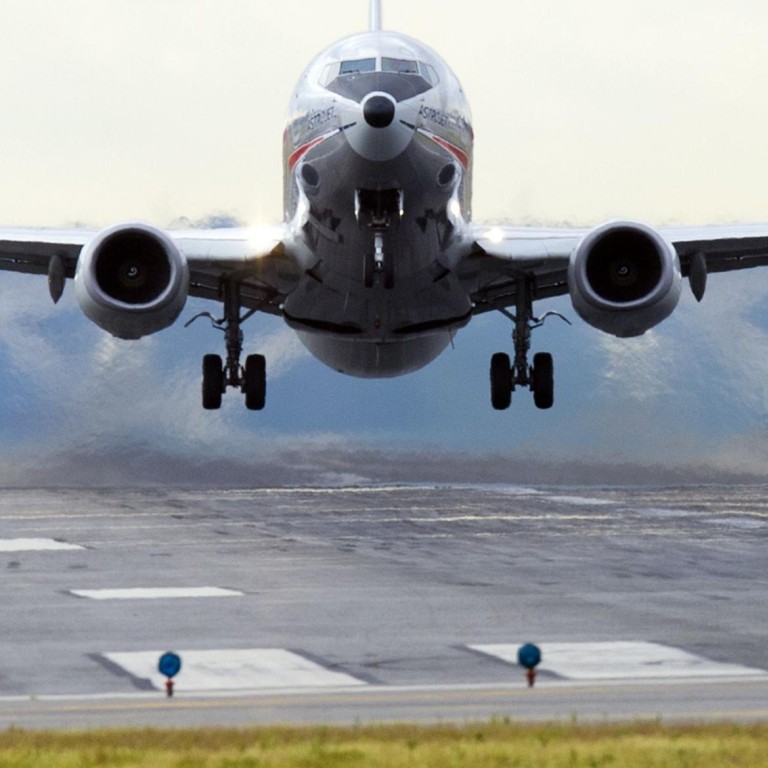
Global emissions deal may get green light
China and India oppose framework, demand a different standard
A United Nations-brokered deal on carbon emissions that could cost the aviation industry billions of dollars a year might get the go-ahead despite objections from China and India, which say Asian airlines would be unfairly hit.
The International Civil Aviation Organisation (ICAO) is trying to mediate a global deal that brings all countries under an airline carbon emission scheme from 2020.
The European Union started a regional carbon scheme last year in the face of opposition from the United States, China and India, but suspended it to make room for a global-market-based emissions reduction framework. It aims to resume its regional emission trading scheme from next year.
India and China are still opposed to a global emission framework for the aviation industry, demanding a standard that is different from developed nations.
Airlines emit 2 per cent of greenhouse gases worldwide.
"The costs for the global deal would likely be measured in billions of dollars each year," said Andrew Herdman, director general of the Association of Asia-Pacific Airlines.
"That … estimate must be seen in the context of total industry revenues in excess of US$600 billion, with more than three billion people flying each year."
The airline industry runs on wafer-thin margins. According to the International Air Transport Association, the industry's total profit will amount to US$11.7 billion this year on US$708 billion of revenues, which translates into a 1.65 per cent margin.
The 38th assembly meeting of the ICAO is expected to come up with a framework proposal on Saturday, in a deal overdue for 16 years. The nitty-gritty of this deal is to be ironed out by the working groups by 2016 and execution is expected by no later than 2020.
It will be a Herculean task to get the 190-odd countries to agree on the same proposal.
Three weeks before the assembly began on September 25, a delegation led by the Civil Aviation Administration of China met the European Committee in Brussels to voice its opposition to restarting Europe's trading scheme, said an industry source.
In November last year, the EU decided to temporarily keep out foreign airlines from the regional emission scheme to give the ICAO time to come up with a more widely acceptable global framework. In return, the ICAO recognised the right for states or regions to launch their own regional schemes before a global one comes into being.
The US has made a deal with Europe to endorse the European regional plan after Brussels agreed to scale down its scheme by charging flights for emissions only within its airspace rather than the entire flights, said Bill Hemmings, programme manager for aviation and shipping at Brussels-based green group Transport and Environment.
For example, only 20 per cent of the emissions of a flight between London and New York are to be covered by the EU's new emissions trading system under the bilateral agreement.
"With the US position softened, China and India are left to make all the noise," Hemmings said. "But they are not big players in global aviation."
An official at China Southern Airlines said: "Our standpoint remains the same. We want to be treated differently from developed countries, given that our aviation network is growing much faster than theirs."
Chinese carriers demanded longer grace periods or total exemptions for their emissions, he said, echoing the view of airlines from India, Brazil and South Africa.
Any exemption offered to Chinese carriers could have the risk of distorting the market, which was against the ICAO's principle, a market observer said.
